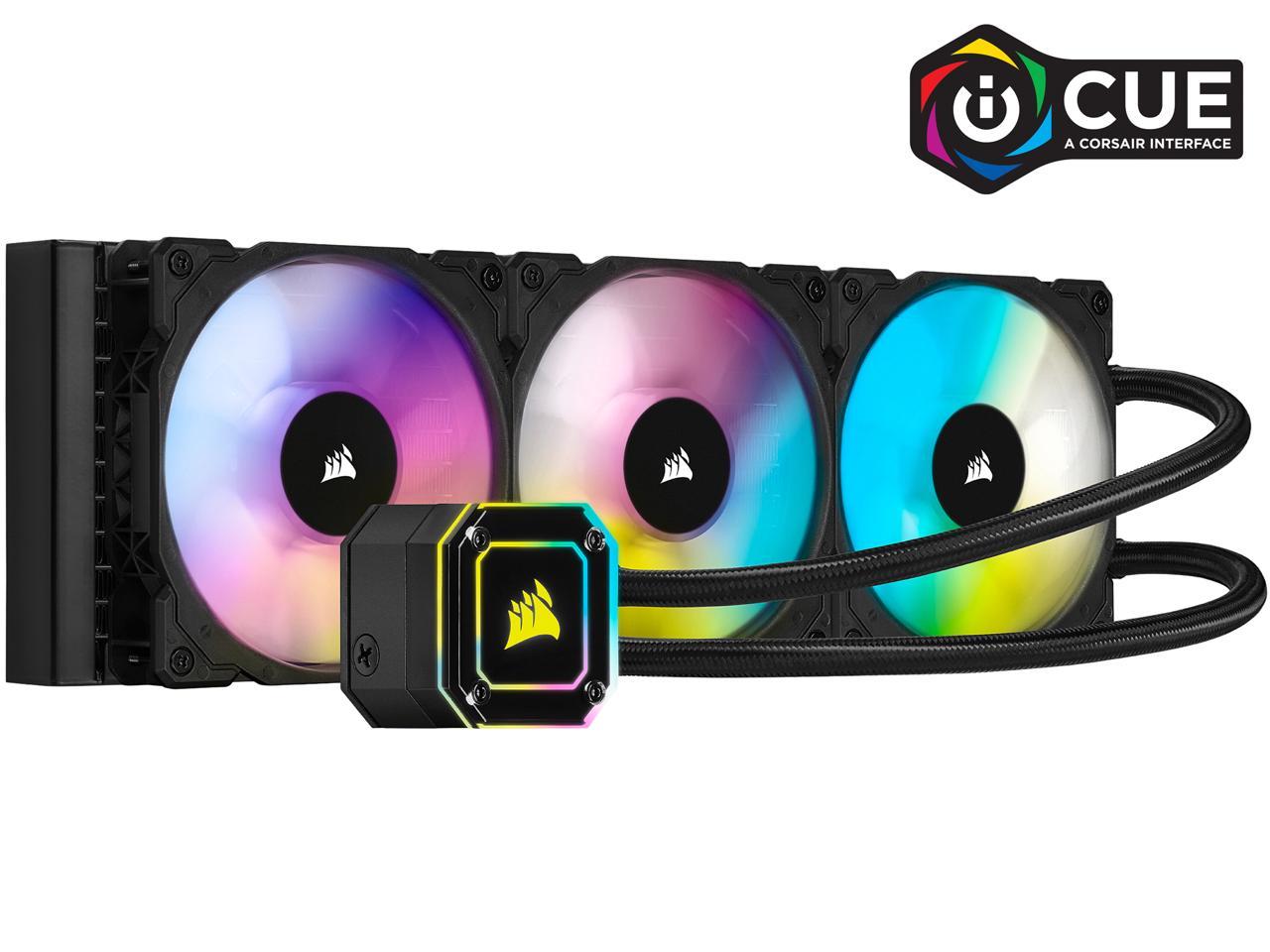Windows Central Verdict
Corsair's H150i Elite Capellix is a little on the pricey side, but it's well worth it if all you seek is a fantastic AIO with solid performance.
Pros
- +
Stunning AIO design
- +
Solid thermal performance
- +
360mm radiator
- +
Three Corsair ML fans
- +
5-year warranty
Cons
- -
Only available in black
- -
Pricey
Why you can trust Windows Central
It's easy to kit out an entire PC build with Corsair hardware since the company makes almost everything. From power supplies to keyboards, there's usually a product from Corsair that fits the bill. All-in-one (AIO) liquid cooling products are no exception, and Corsair has been making them for years.
The Corsair H150i Elite Capellix is one of the company's premium AIO coolers with a 360mm radiator, the latest Asetek generation of pumps, and a sleek design with RGB lighting and iCUE software support. It ticks all the right boxes, and on paper should be good enough for the latest AMD and Intel processors.
Picking the best AIO cooler for your PC largely comes down to the processor you're using, the budget you have available, and radiator mounting support within the PC case. If you're looking at an AMD Ryzen 9, Threadripper, or Intel Core i9, this is an AIO to consider.
Price, availability, and specifications

The Corsair H150i Elite Capellix with the 360mm radiator and three fans is available for $189.99, but you can find it for as little as $146.99 for the 240mm version. This is in line with what competitors charge for similar AIO solutions with the RGB lighting tax applied.
| Specifications | Corsair H150i Elite Capellix | Corsair H150i Elite LCD |
|---|---|---|
| Pump | Asetek Gen 7 | Asetek Gen 7 |
| Radiator | 240mm, 360mm | 240mm, 360mm |
| Fans | 3x ML RGB | 3x ML ELITE |
| Tubing | 380mm black sleeved low-permeation rubber | 400mm black sleeved low-permeation rubber |
| Display | — | 2.1-inch IPS LED |
| RGB lighting | Yes | Yes |
| Corsair iCUE | Yes | Yes |
It's a full $100 more affordable than the Corsair H150i Elite LCD. That AIO comes with a 2.1-inch display and three upgraded fans. The rest of the specifications (that matter at least) are almost identical.
Corsair H150i Elite Capellix: What we like
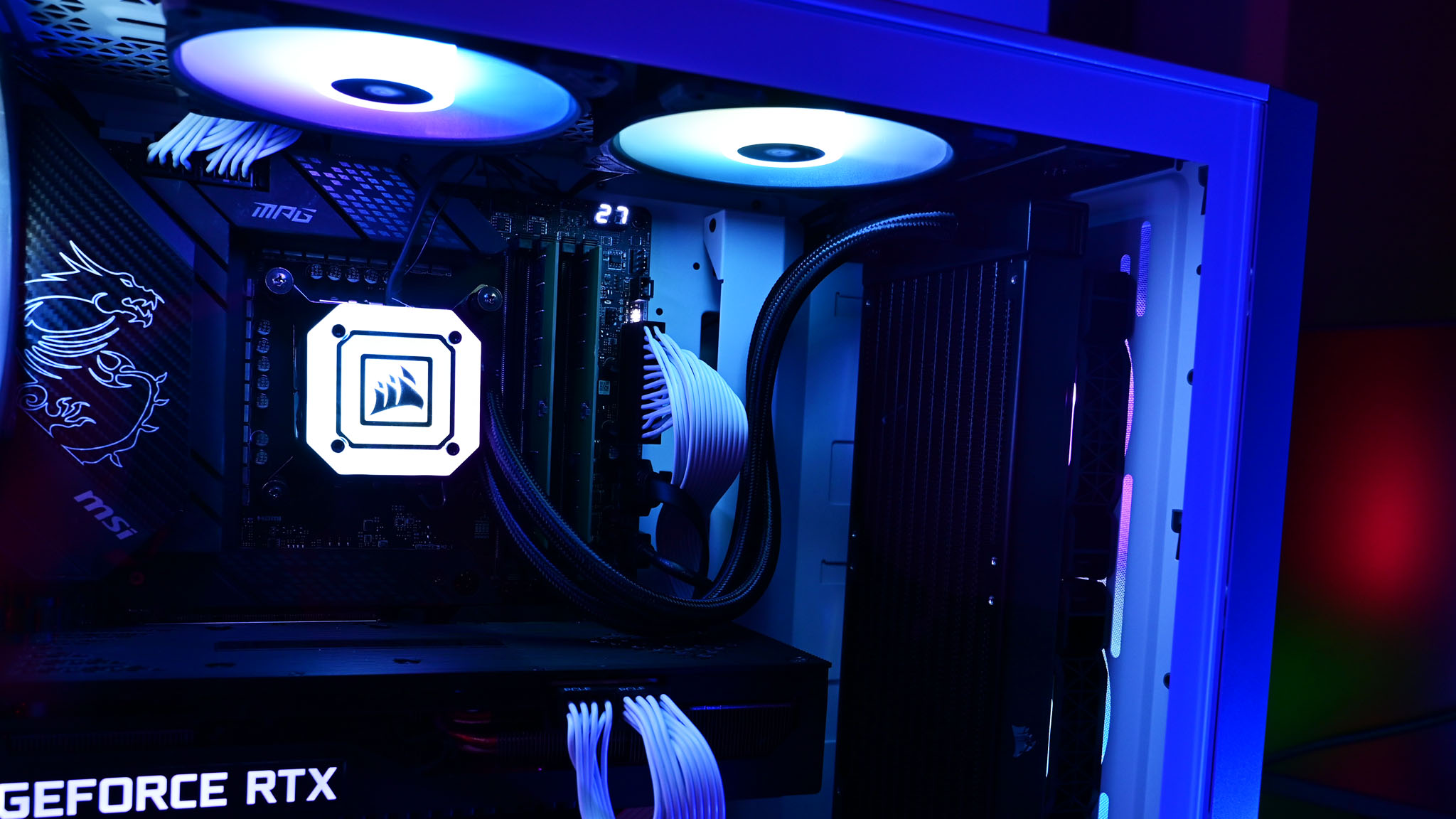
Corsair packs its AIOs in tight packaging to keep everything safe. Inside, you'll find the pump and radiator already assembled, as well as necessary mounting components for Intel and AMD sockets, Corsair iCUE Commander Core XT Smart RGB controller, and the three fans. As soon as you unpack everything, you're good to go.
The Corsair iCUE Commander Core XT Smart RGB controller is brilliant for hooking up all your fans and RGB lighting with up to six channels for each. For RGB LEDs on the AIO itself, you'll find some on the pump housing and included fans. The former can even be upgraded with an optional LCD kit.
All the latest news, reviews, and guides for Windows and Xbox diehards.
The three ML RGB fans can be attached to the radiator on either side, depending on how you plan to install the AIO inside the best PC case. Interestingly, the plastic shroud can be detached from the main water block to make installation easier.
To really put the Corsair H150i Elite Capellix to the test, we paired it up with an Intel Core i9-12900K processor. This 360mm AIO is largely overkill for an AMD Ryzen 5 or Intel Core i5 processor, but having far more headroom is never a bad thing when it comes to system cooling. This also opens up room for overclocking.

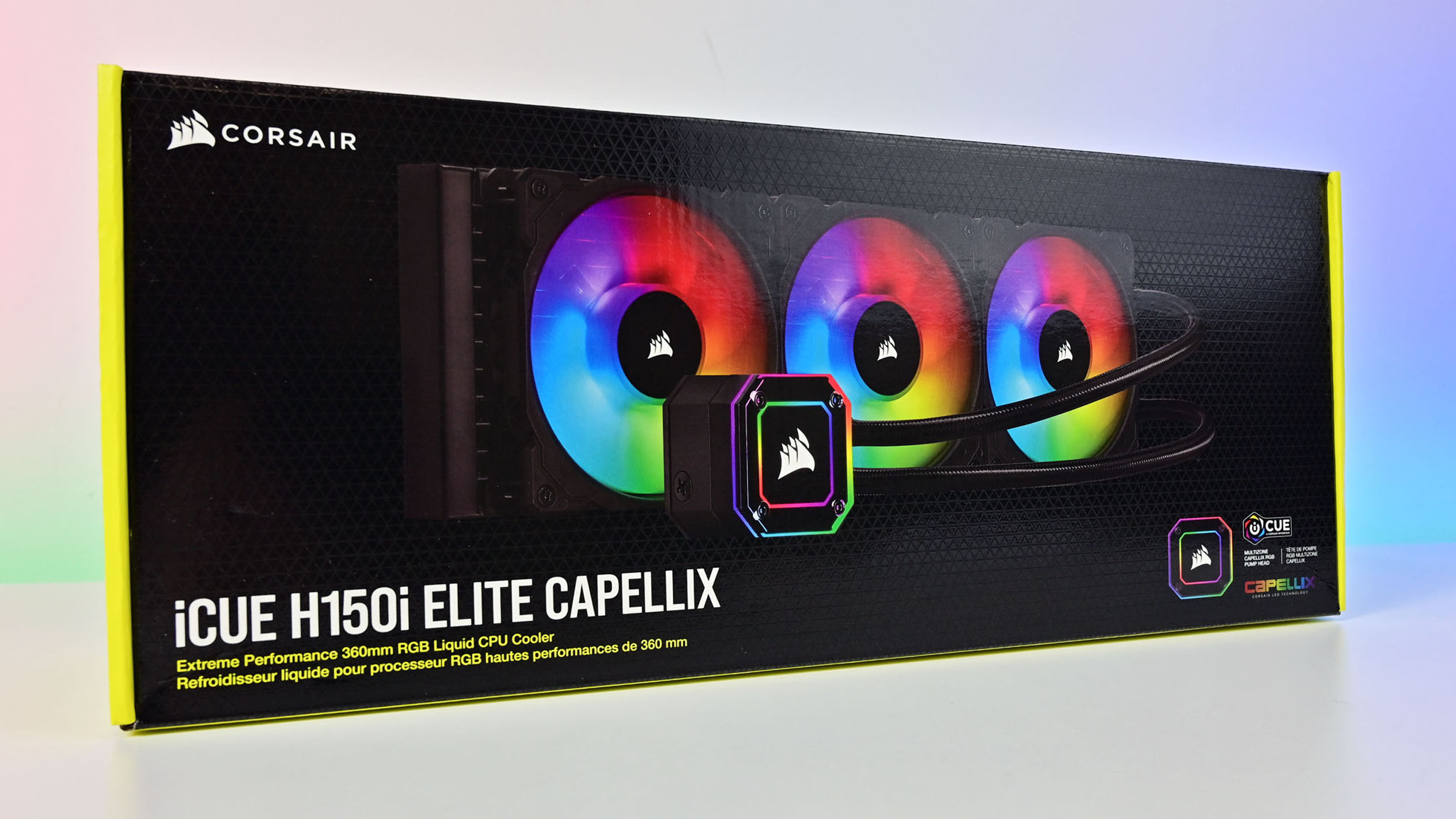

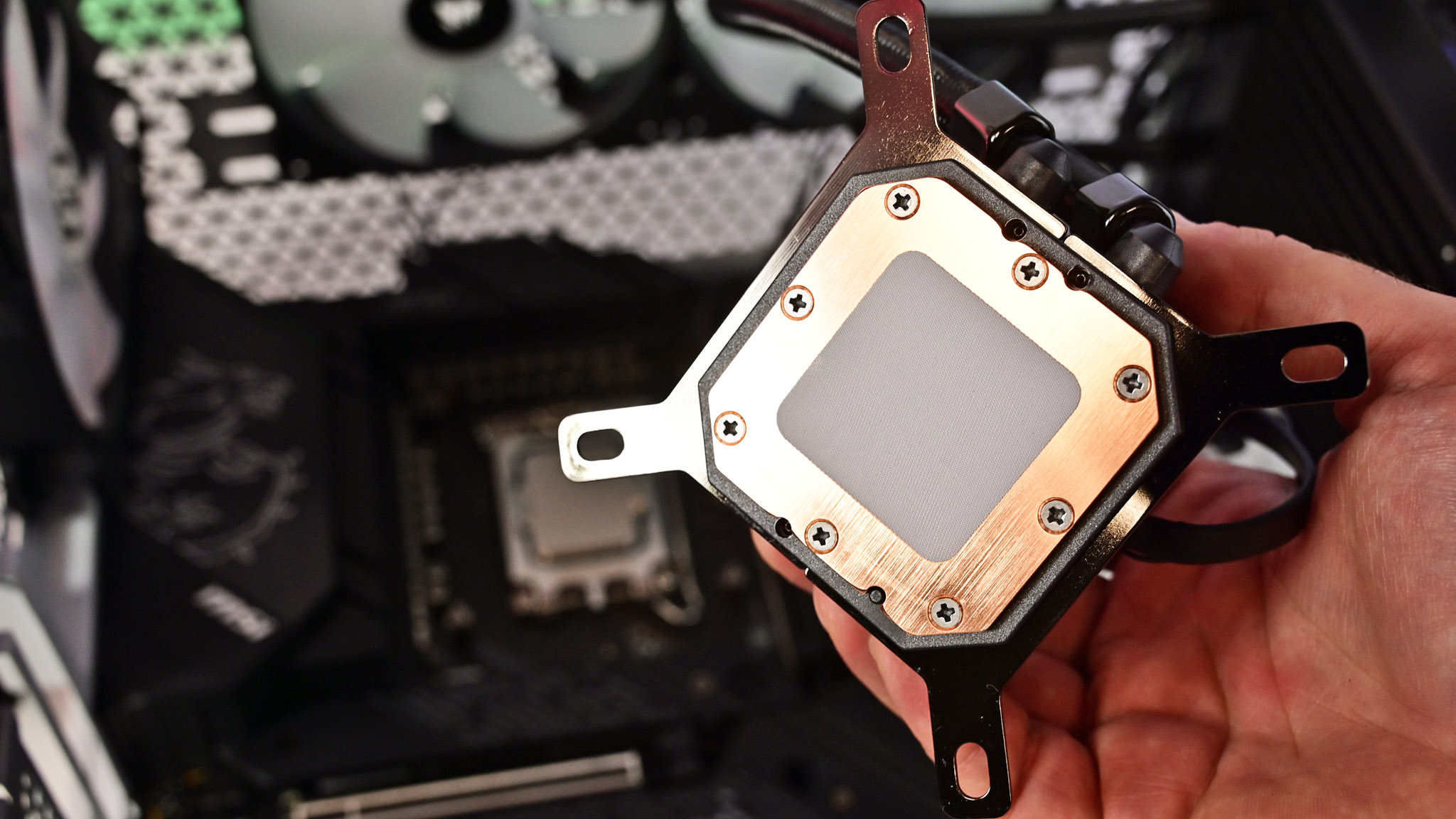
| Temp tests | Intel Core i9-12900K |
|---|---|
| Idle | 22 C (72 F) |
| Gaming | 44 C (112 F) |
| Stress | 83 C (181 F) |
| Idle (OC) | 22 C (72 F) |
| Gaming (OC) | 53 C (127 F) |
| Stress (OC) | 92 C (198 F) |
Performance was as expected for a 7th Gen Asetek AIO. The Corsair H150i Elite Capellix didn't disappoint and easily handled everything we could throw at the cooler. It performed similarly to its LCD sibling, as well as other 7th Gen Asetek AIOs on the market.
Corsair H150i Elite Capellix: What we didn't like
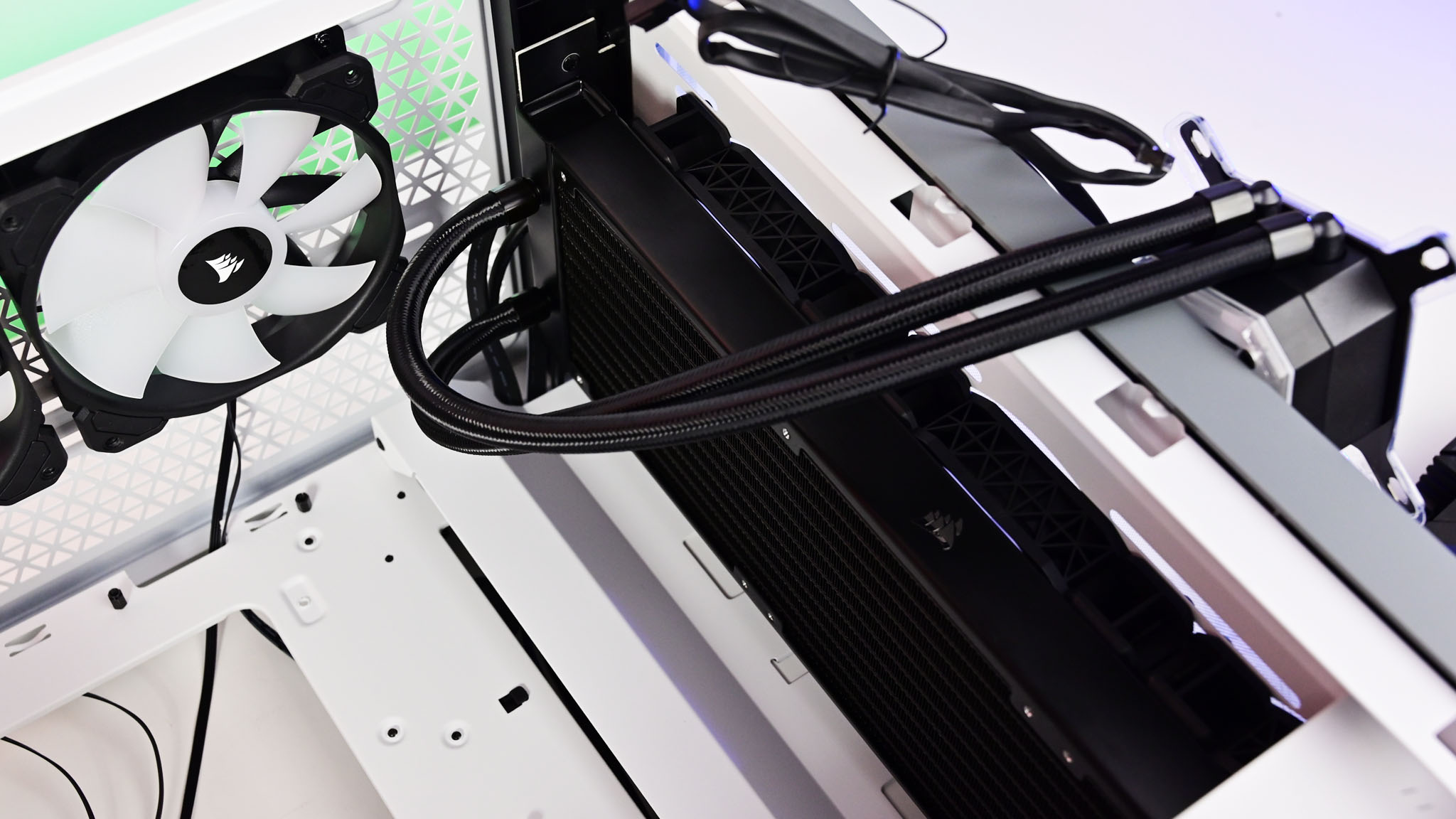
The issue with AIO coolers, especially premium solutions such as this, is price. They're considerably more expensive than air coolers and even some other PC components. While it is a little pricey, you are getting a very good cooler for even the most powerful processors from AMD and Intel.
Then there are the fans, which support RGB lighting and can be controlled through the company's iCUE software package. This is all possible thanks to the included Corsair iCUE Commander Core XT Smart RGB lighting and fan controller. Hook up all your fans and supported RGB lighting equipment and you've got a smarter PC build.
It would be nice to see the Corsair H150i Elite Capellix in white too.
Corsair H150i Elite Capellix: Competition
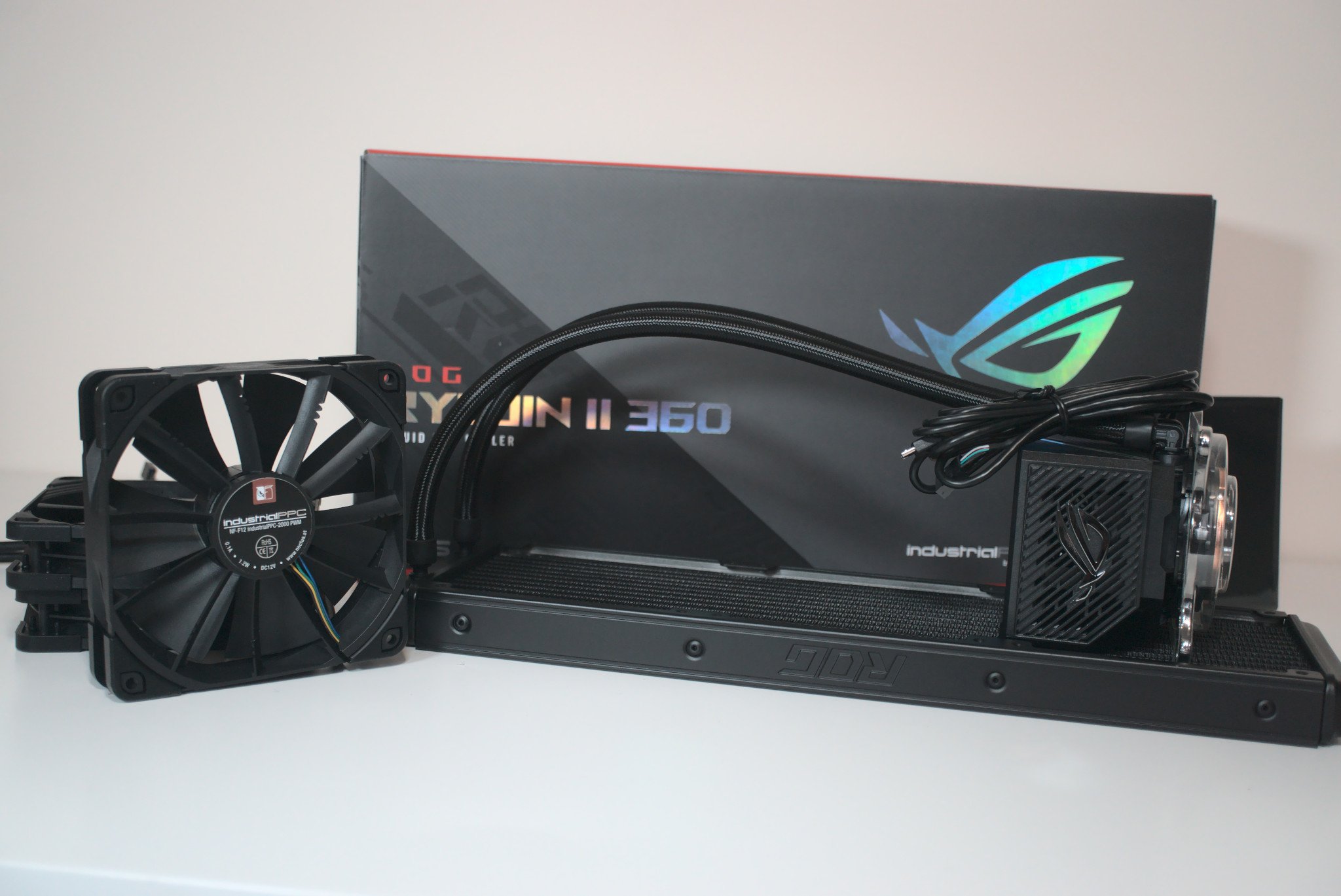
Everyone seems to be making all-in-one liquid CPU coolers, and Corsair has been in the business for many years now. Most AIO solutions make use of Asetek's pump and AIO design, including the Corsair H150i Elite Capellix. It's almost identical to the Corsair H150i Elite LCD, aside from a few notable differences (namely that display).
Both AIOs use the same generation of Asetek pump, which is more than capable of handling the heat output of an AMD Ryzen Threadripper or Intel Core i9 processor, especially when paired with a massive 360mm radiator. A major difference here is the type of fans used. The Elite Capellix comes with three ML RGB series blowers, while the more expensive Elite LCD has ML ELITE fans.
The difference in temperatures is only just large enough to be considered outside the range of an error margin. If you want the absolute best in performance, go with the Corsair Elite LCD, but the Corsair Elite Capellix is only just behind, and you won't notice a dip in performance. Other AIOs like the ASUS ROG Ryujin II 360 are also worth considering.
Corsair H150i Elite Capellix: Should you buy it?

You should buy this if ...
- You plan to overclock your Intel or AMD processor
- You have a power-hungry CPU that gets hot under load
- You plan on using Corsair's iCUE software for RGB lighting
You shouldn't buy this if ...
- You don't want to spend more than $160 on an AIO cooler
- You have a mid-range system that doesn't generate much heat
- You run an OS without support for Corsair's iCUE software
Processors have become far more powerful over recent years with more cores and better efficiencies throughout the manufacturing process. Still, AMD and Intel are in a constant struggle against heat output in the attempt to extract as much performance from internal components as possible. This is where AIO liquid coolers come into play.
The Corsair H150i Elite Capellix is a fine example of an AIO that's specifically designed for powerful processors. Whether you're planning an enthusiast PC build with an AMD Ryzen Threadripper or overclocking an Intel Core i9, you'll be able to blow through benchmarks with this 360mm AIO.
It's not only capable of keeping a low temperature even under load, but Corsair made sure to get the design just right with full support with iCUE software so you can manage the RGB lighting to your heart's content. It's just a shame it's a little expensive and isn't available in white ... yet.

Rich Edmonds was formerly a Senior Editor of PC hardware at Windows Central, covering everything related to PC components and NAS. He's been involved in technology for more than a decade and knows a thing or two about the magic inside a PC chassis. You can follow him on Twitter at @RichEdmonds.
- Daniel RubinoEditor-in-chief

